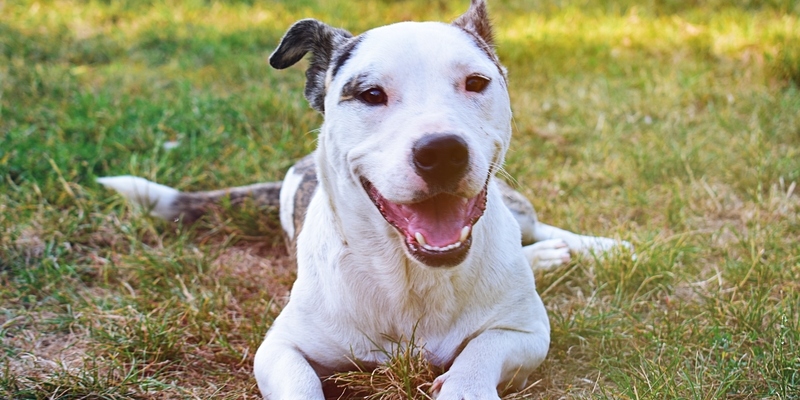Bringing home a rescue dog is one of the most compassionate things you can do. Not only are you giving the gift of a home, but you could be saving a life. Rescues and shelters have dogs from all walks of life so it is important to remember that each dog has a different background which can impact how they adjust to your home. However, with some patience and a little preparation, you can help make your rescue dog’s transition to his or her new home run smoothly.
Bringing Home a Rescue Dog
Before you bring home a rescue dog, there are a few things you should do to ensure your home is ready for his or her arrival. First, you should dog-proof your home. This means removing or putting away any items that may be dangerous for your dog to be around such as certain foods, plants, or household items. Additionally, if there are items you don’t want your rescue dog to chew on or mess with, you should put those away as well. Once you dog-proof your home, you need to make sure you have all the supplies your dog will need. This includes:
- ID Tag, collar, and leash
- Food plus food and water bowls
- Treats and toys
- Bedding
- Grooming items such as shampoo and brushes
- Gates or a crate if you plan on crate training
- Potty pads if the rescue dog is a puppy or isn’t house trained
- Clothing depending on the breed and the climate you live in
The above list is just a starting point. As you get to know your rescue dog more, you will be able to figure out what he or she prefers. However, by being proactive rather than reactive, you can be confident in the environment and home you’re creating for your dog.
Helping Your Rescue Dog Adjust
The first few days are very important when it comes to helping your rescue dog adjust. Moving into a new home with a stranger or several strangers can be intimidating for certain dogs. Giving them their own safe space and time to adjust will make this transition easier. You can create a safe space by designating one room or area of your home strictly to the dog. “Setting up baby gates in doorways is a great way to let them become familiar with their new environment’s sights and sounds, but maintain their own safe, private area” (Redfin). This specific area will be where you and other family members spend time with your rescue dog for the first week or few weeks.
“Commit time the first few days to get to know your dog’s habits and personality. Establish a routine for the dog and balance interaction and down-time. This is a period of trust-building, so don’t scare or yell at the dog or try to force close contact” (Animal Rescue League of Boston). As you are spending time with your rescue dog, be sure to pay attention to his or her body language and other behavioral cues. This will let you know whether your rescue dog is open to company or wants to be left alone. As time goes by and your rescue dog settles in, you can start spending more time together and you introduce them to other areas of your home.
Whether you’re adopting a cat or rescuing a dog, this experience will change your life. Being prepared for a new furry friend will help both you and your rescue dog transition to this new chapter in your lives. Before you know it, you won’t remember what life was like before rescuing your dog.
SOURCES:
- Animal Rescue League of Boston. “Welcoming Your Adopted Dog Into Your Home.” Animal Rescue League of Boston, 28 Feb. 2013, https://www.arlboston.org/welcoming-your-adopted-dog-into-your-home/
- Redfin. “Make Room for Buddy: Your Guide to Bringing Home a Rescue Pet.” https://www.redfin.com/blog/bringing-home-a-rescue-pet-tips





